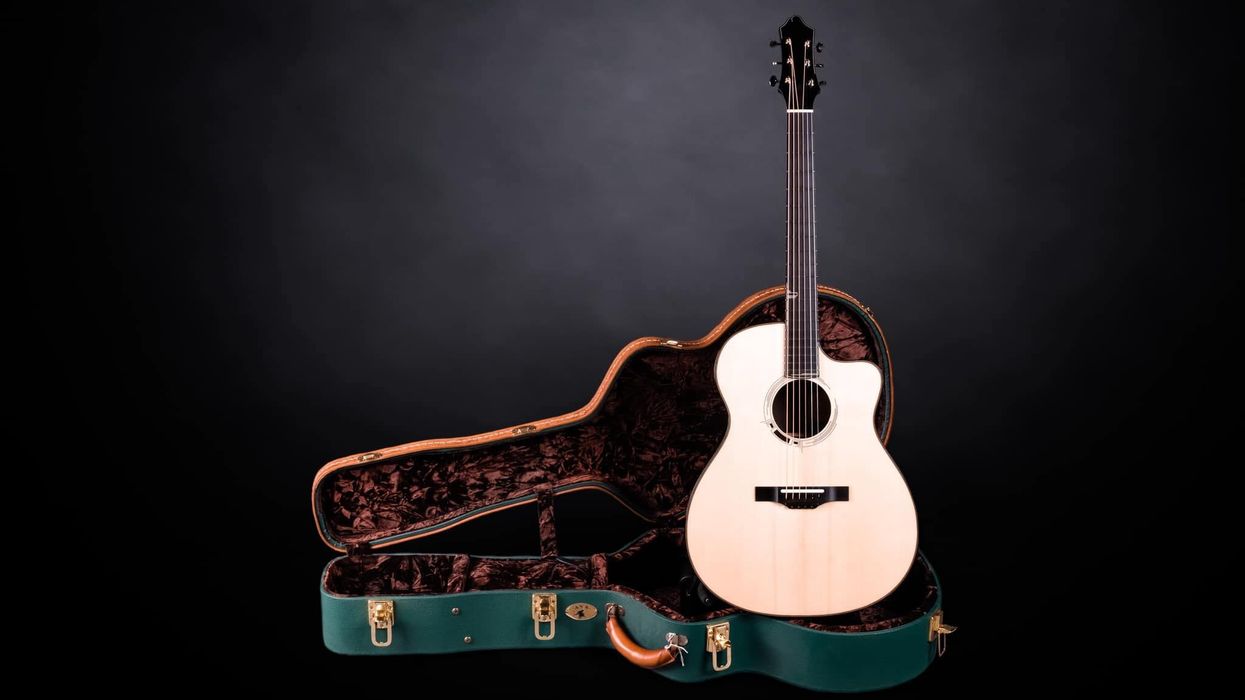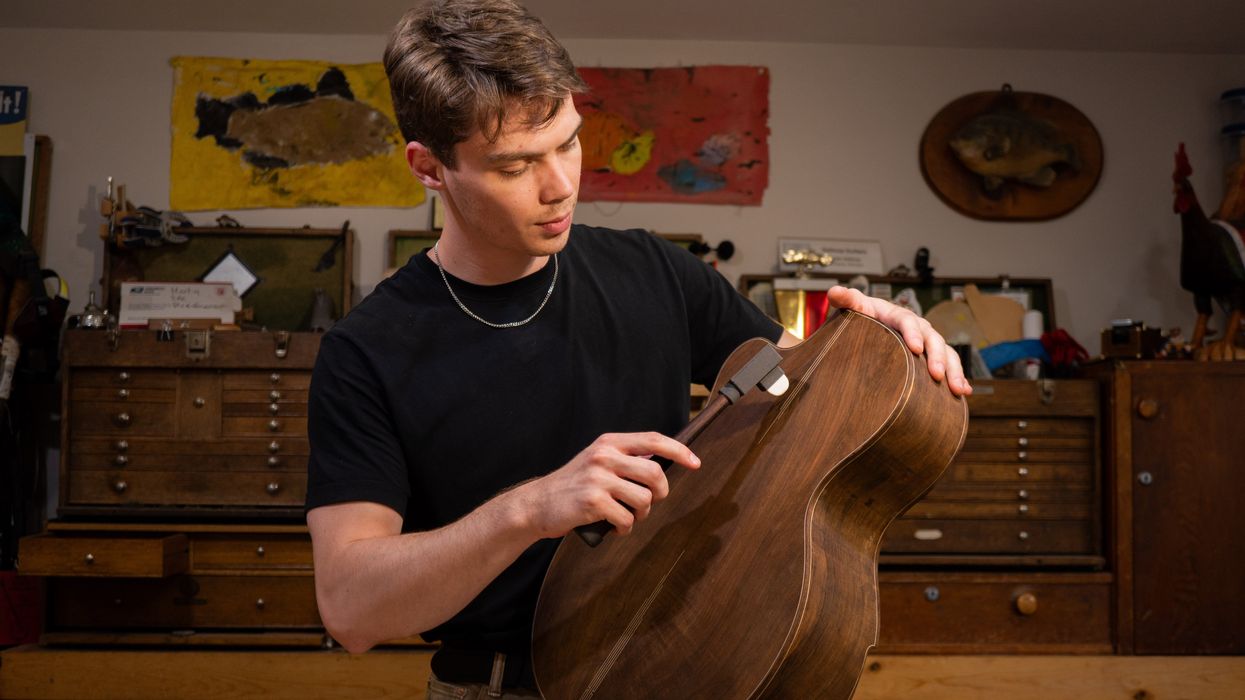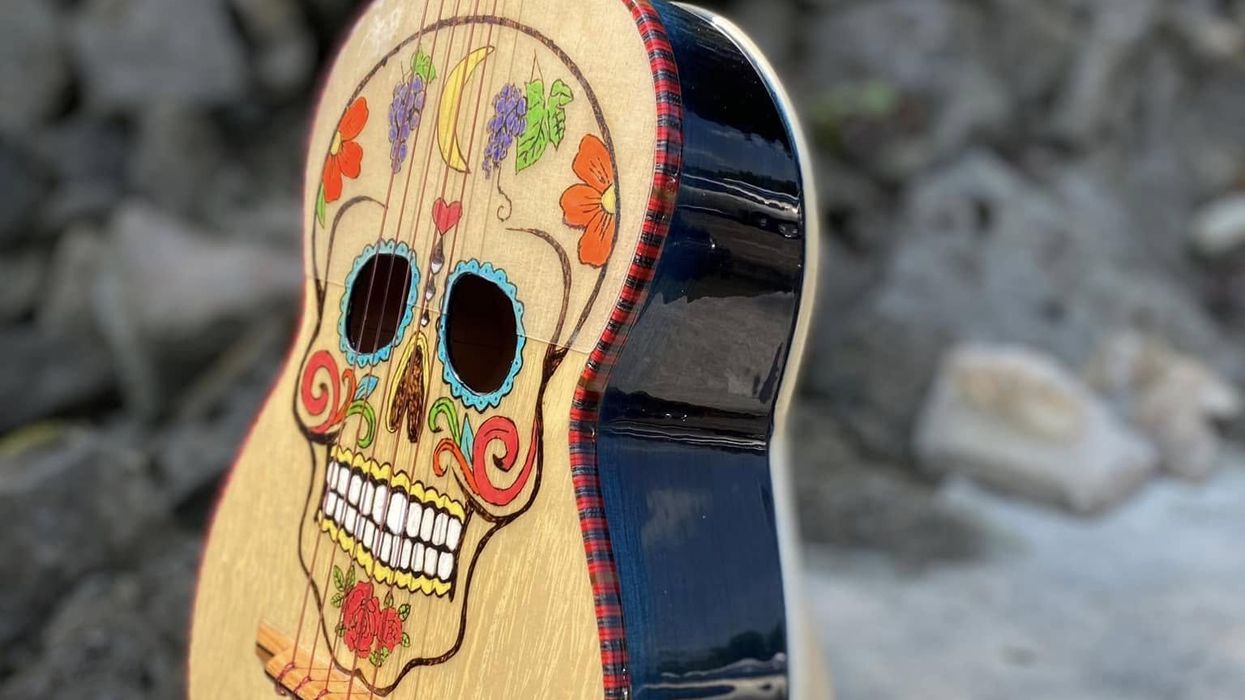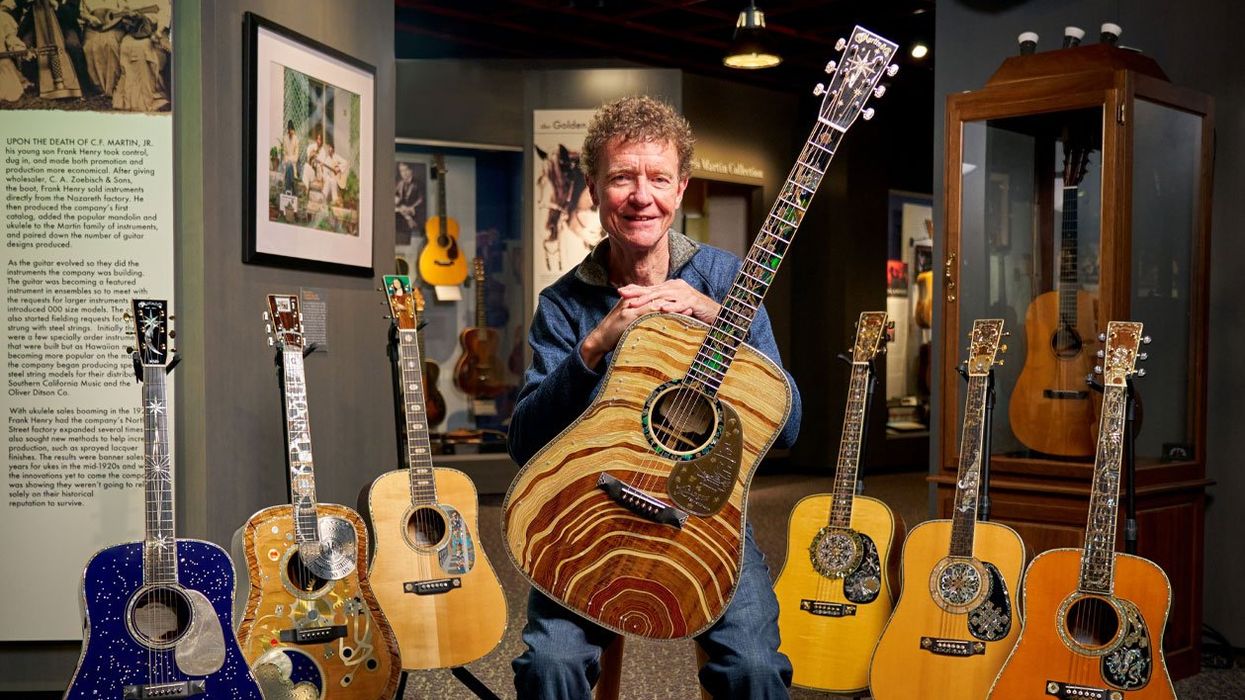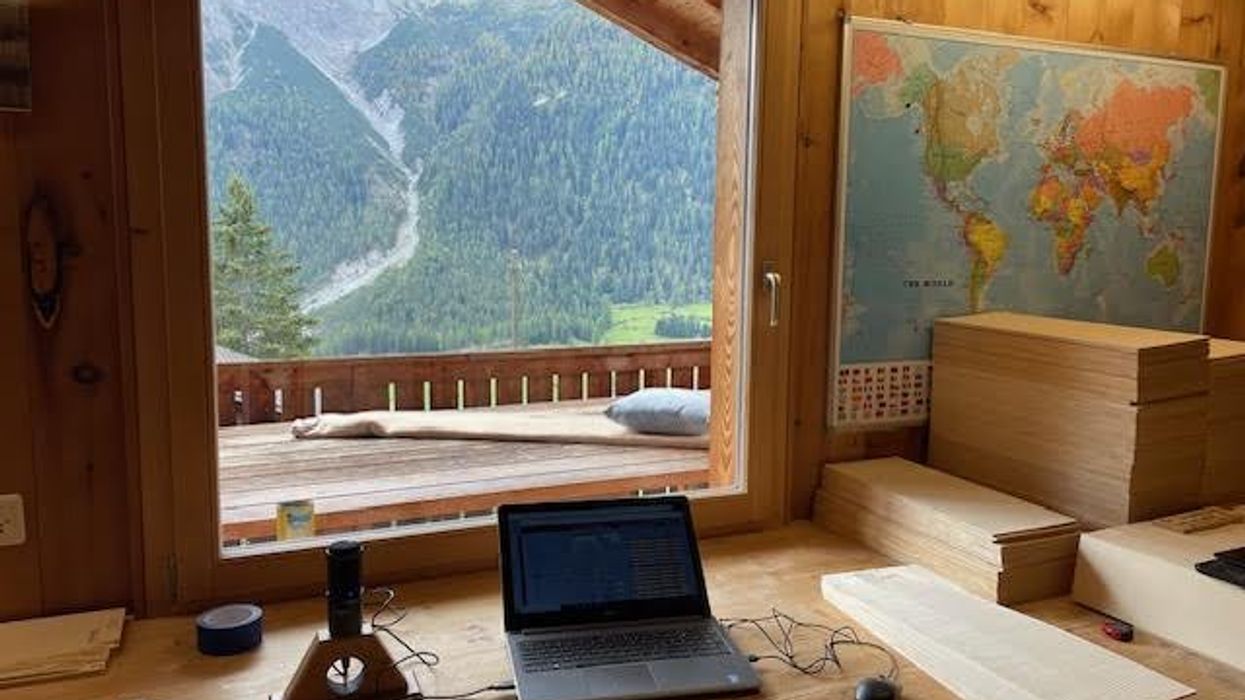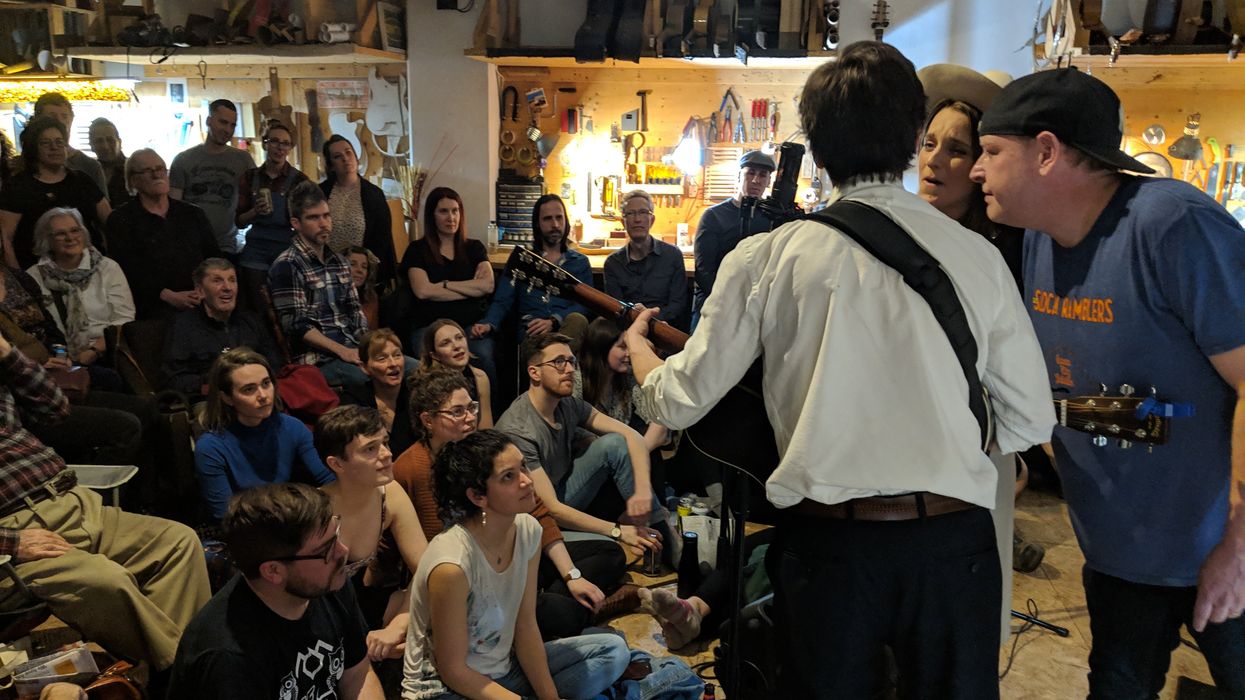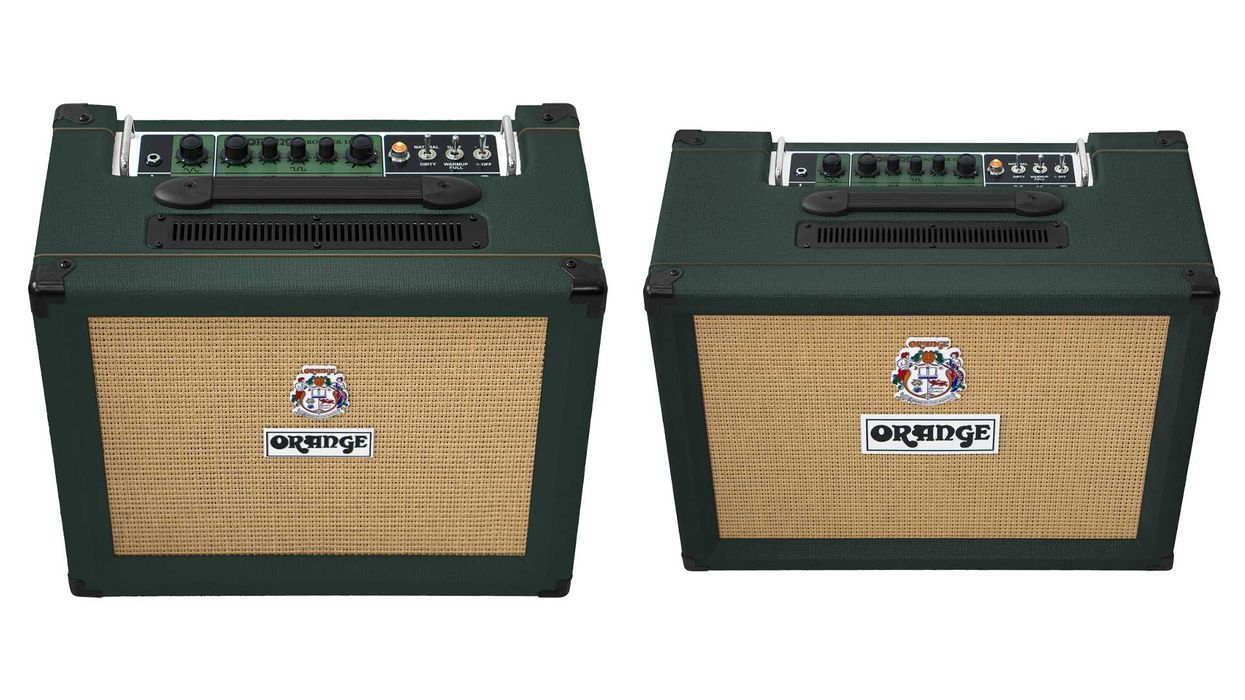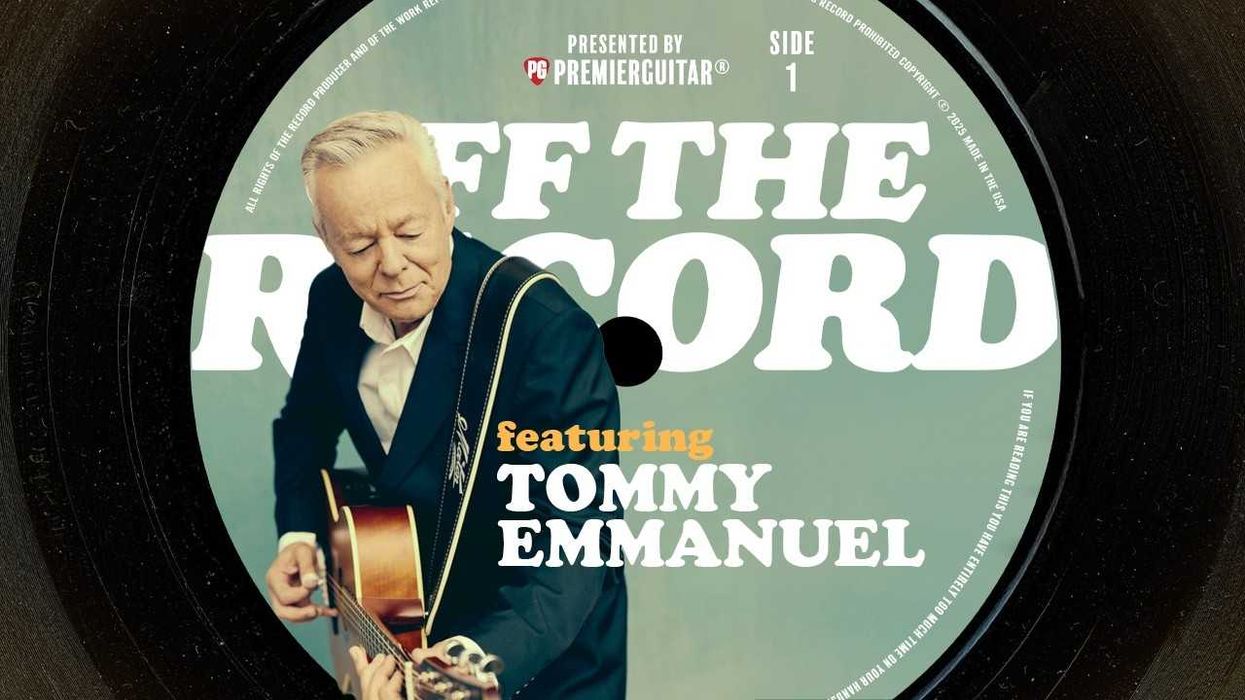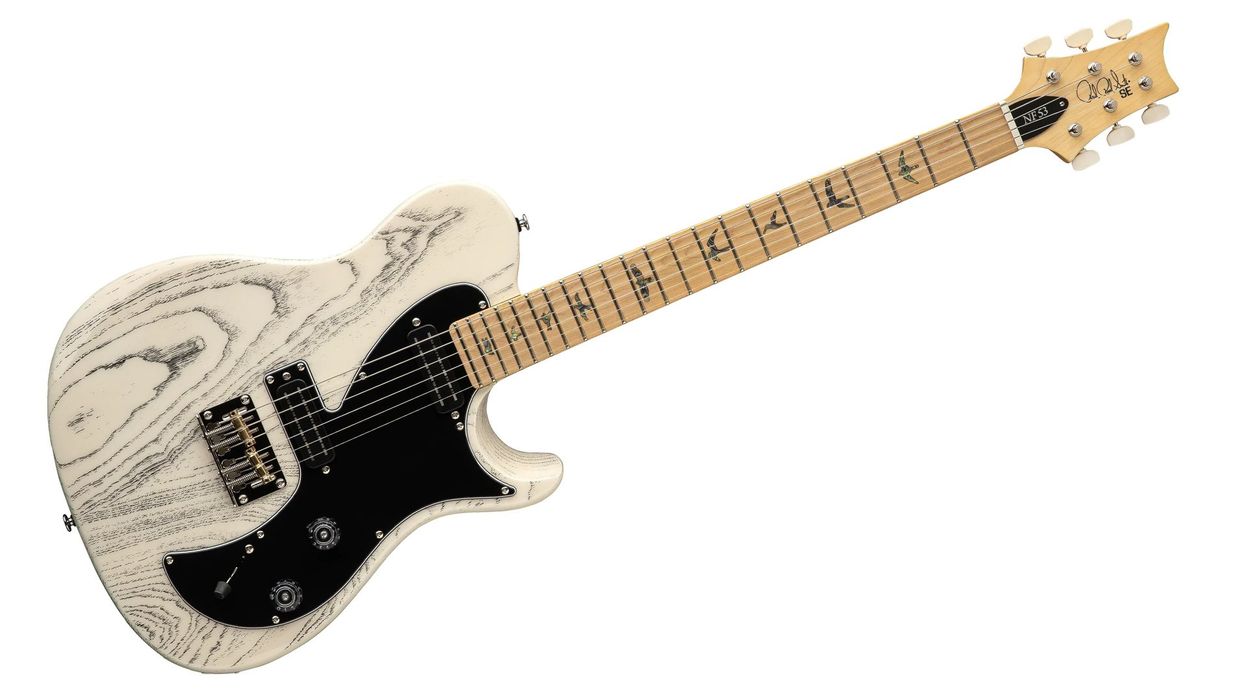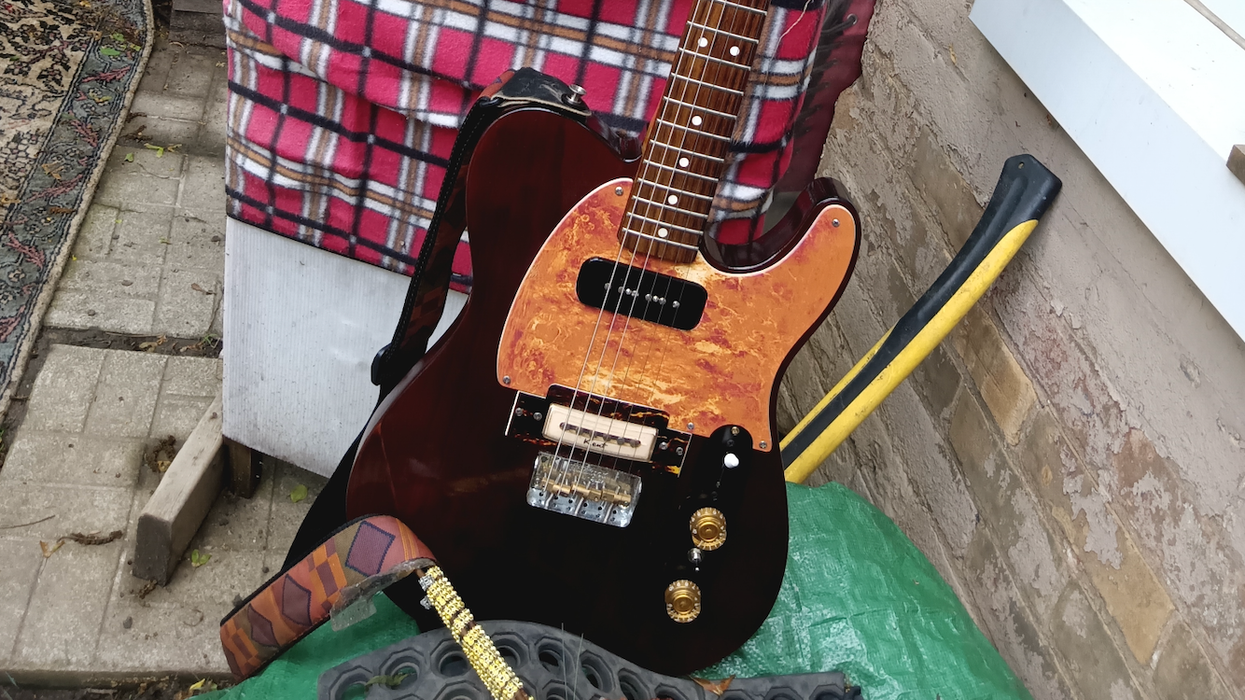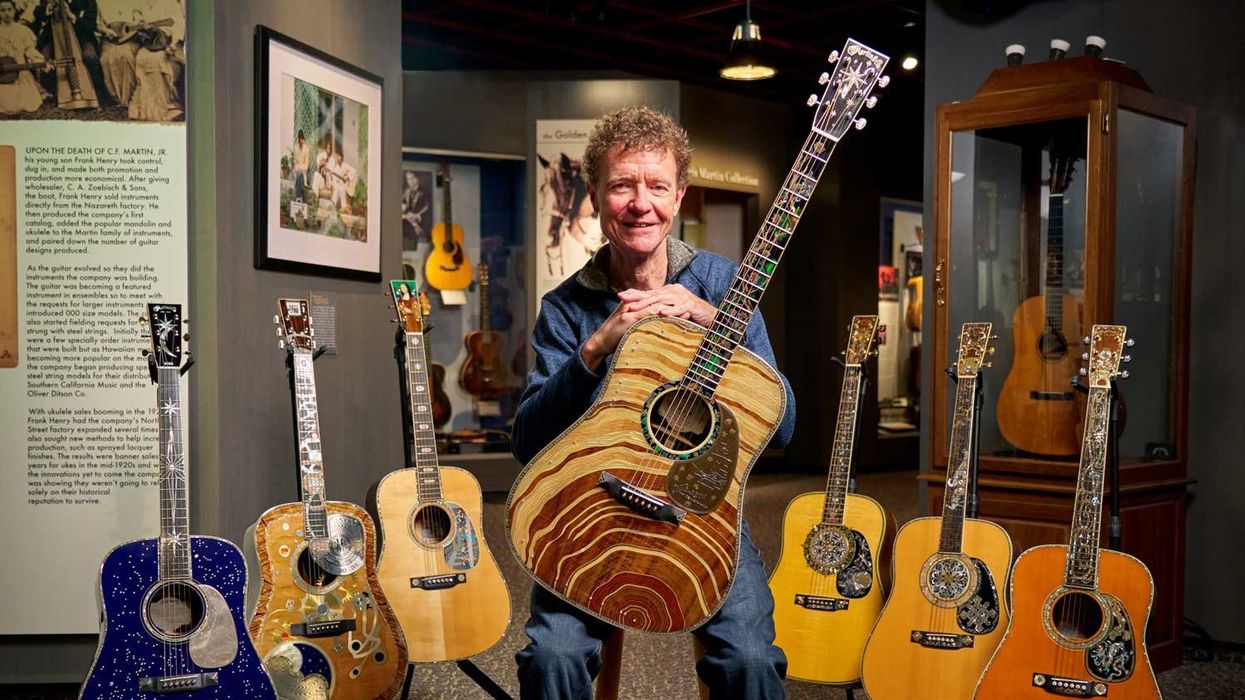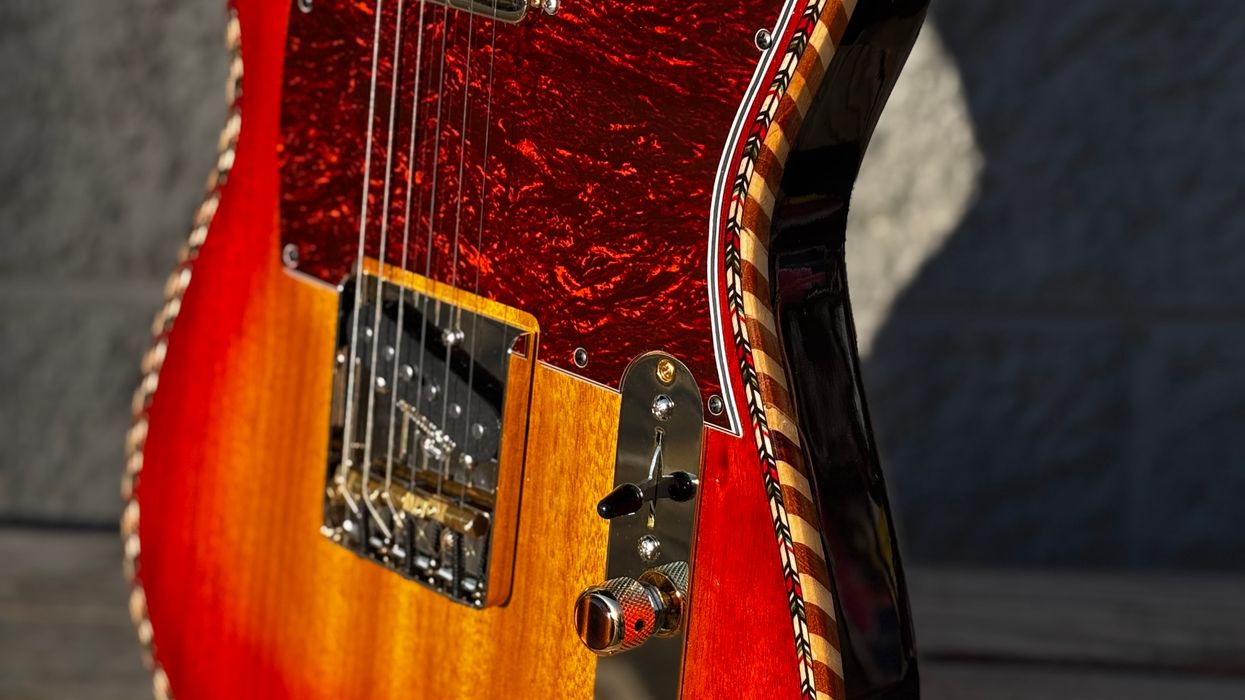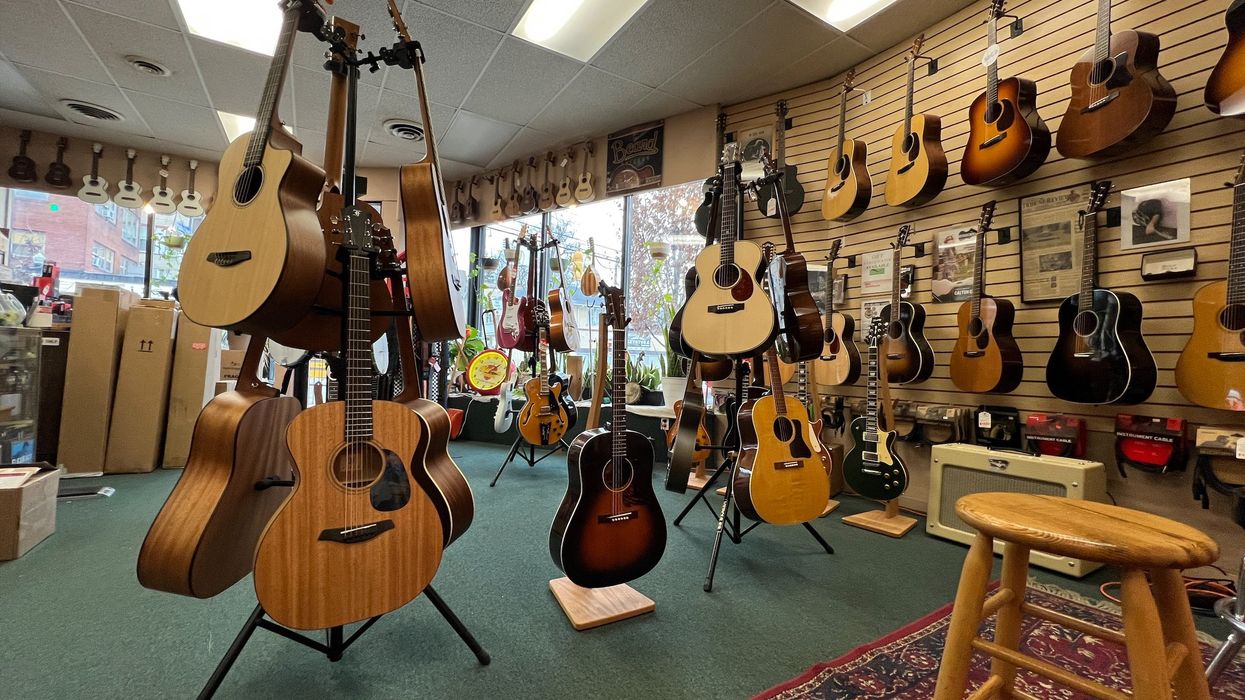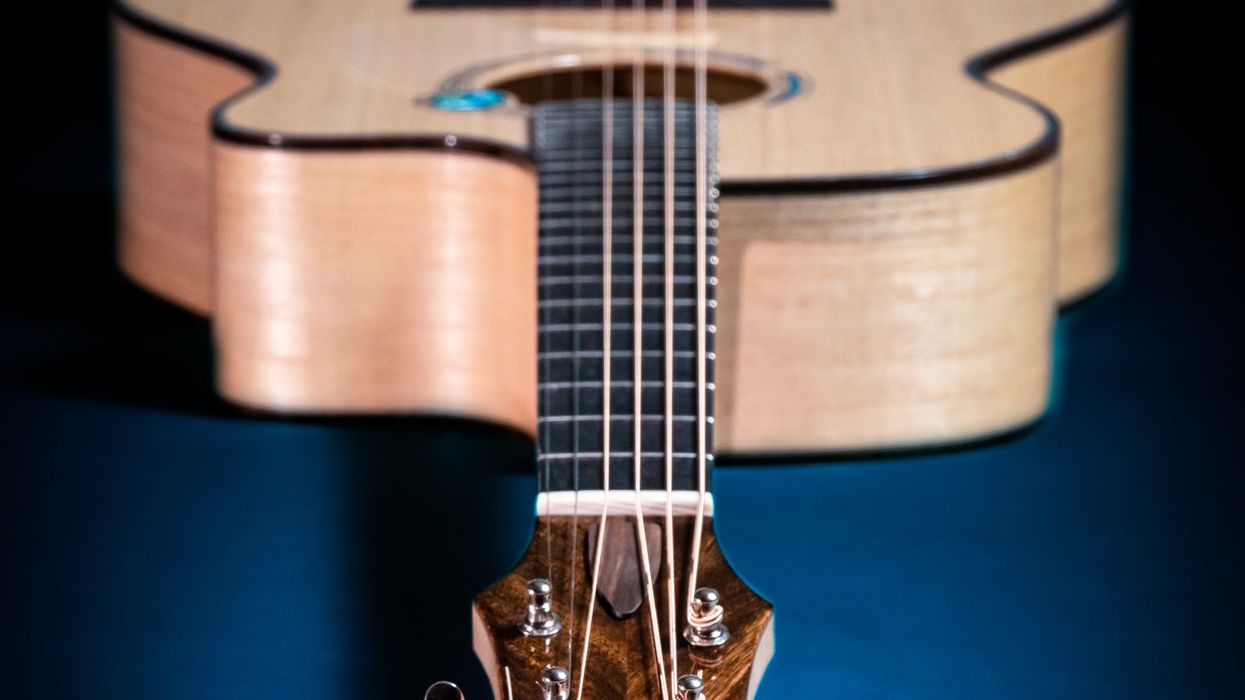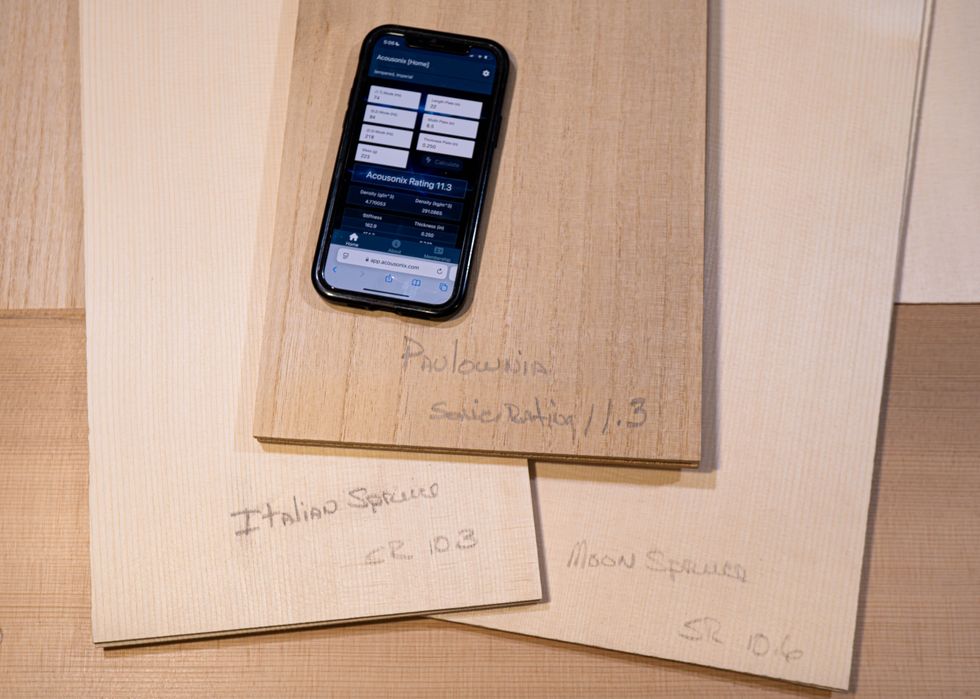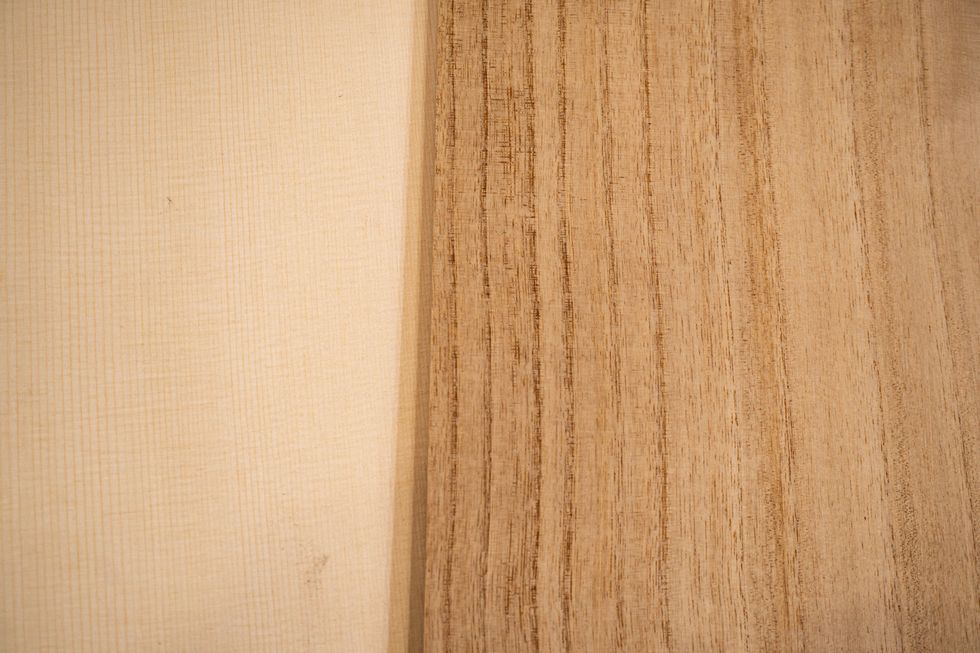I have had many guitars pass through my hands, and I’m happy to say that I have only been involved with the demise of one. This happened when the shelving above my workbench collapsed. Needless to say, I no longer have any shelves above my workbenches. However, even without structurally compromised shelves, guitars are fragile things. If they are not taken care of properly, they can, and will, be damaged. The key is to make sure your precious instrument is not put in harm’s way, so making good choices when storing or transporting your guitar is paramount.
Storing guitars on stands creates a major risk for damage. Even though we all use them, I don’t use my stands for storage. When they’re not being played, I put guitars back in their cases. As a repair person, I routinely talk to my customers about the importance of storing guitars in their cases, which protect them from impact and are your primary line of defense against humidity fluctuations. Even though countless priceless vintage guitars have changed hands, many still reside safely in their OEM hardshell cases. That’s a testament to a good, old-school hardshell case.
It's my opinion that a 5-ply hardshell guitar case with an arch top and back (which has been routinely produced by many case manufacturers for decades) is a perfectly acceptable option for guitars of any value. If treated with respect and care, it will hold up to the life of an instrument, offering decades of protection. For my line of Galloup Guitars, I use Cedar Creek cases produced by TKL as my baseline. I have used these cases to transport my guitars to conventions across the world for decades without issue, so that’s a pretty good track record.
If you’re a player who requires a more durable case for ultimate protection, there are some high-end options to consider, though they can run well over $1,000. A well-established brand is Calton Cases, produced in Austin, Texas. These cases are absolute vaults, so when the SHTF, your guitar has an excellent chance at survival—whether it’s thrown off of an equipment truck or mishandled by a baggage person—maybe even if a ship goes down at sea. However, Calton Cases are big, heavy, and therefore not particularly easy to transport. If you consider the overall size and weight, coupled with their added cost, these are generally not a prime option for everyday use. But for heavy-duty protection in volatile environments, yes.
Jeff Hoffee in Chicago, Illinois, also makes high-end acoustic guitar cases that are some of the more attractive I have seen, sporting a smart, stylish, and modern look. These carbon-fiber cases offer a nice amount of protection at a pleasing weight. With the added option of the accompanying shoulder strap, you have a good overall package. However, I have had Hoffee cases fracture during shipping. My guitars were never damaged, and Jeff has always been stellar about repairing them. In fact, he offers a lifetime warranty.
Quick side note: The case is an extension of the overall guitar package. If it is damaged, you have every right to claim through your insurance policy for any repair cost or replacements.
Then, there’s the topic of guitar-case accessories, of which there are two in particular I find notable. One is a shoulder strap. When I order cases, I make sure they are equipped with “D” hooks, ready to accept shoulder straps. If the company does not offer that feature, I’m not interested. For me, it’s a must.
There are also case covers, which are less essential but certainly have their advantages. They add a level of protection from the elements that, in some circumstances, just might be the edge you need to protect your guitar from certain peril. Plus, there’s the obvious protection to the case itself through external padding. The brand that seems to be making the rounds with many pro players is Caseadillo. These quality units are produced in several colors with added external storage for personal belongings.
Of course, I have only touched on a few cases available. If you go to NAMM, there are seemingly hundreds of case makers to choose from, but this overview should give you some guidelines to consider when choosing a case for protecting your investment. PG
